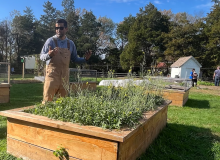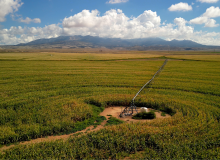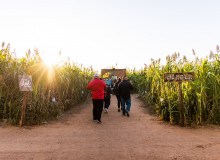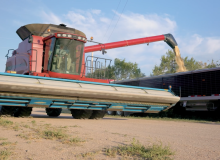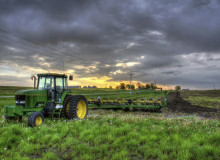farming
Middlebury College
A trip to French Polynesia provides enlightenment on community, trust, and how we need both to be better stewards for the planet.
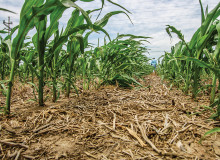
(Courtesy of No Till Farmer Magazine)
Northwestern University
Employing no-till practices, farmers in the Midwestern United States and Europe are finding profit and efficiency by opting to let the soil in their farms remain undisturbed prior to planting.
George Washington University
In this photo essay, learn how one non-profit focused on sustainable agriculture is addressing the issue of food deserts in Washington D.C.
Planet Forward Correspondent | Colorado State University, Center for Science Communication
In this photoessay, explore the geography of Colorado's agricultural water needs through the stories of two men living in opposite corners of the state, but whose experiences surrounding the need for irrigated water are incredibly similar.
Planet Forward Correspondent | Texas Tech University
How one West Texas family created a sustainable and drought-tolerant crop maze to save a beloved fall tradition from drying out.
Planet Forward Correspondent | Colorado State University, Center for Science Communication
Colorado farmer, Roy Pfaltzgraff, reflects on the challenges he faces as a farmer, how he has adapted, and the importance of consumers understanding food production.
Planet Forward Correspondent | SUNY Environmental Science and Forestry
Have you ever wondered where the chicken on your plate came from? More specifically, what it took to transform a live animal into a topping for your sandwich? In this video, we explore the labor and love that goes into processing poultry. Similar to... Read More
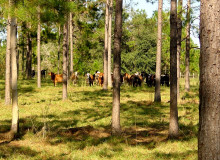
Cattle graze in silvopasture (Photo courtesy of The National Agroforestry Center/ https://creativecommons.org/licenses/by/2.0/?ref=ccsearch&atype=rich).
Planet Forward FAO Fellow | Franklin & Marshall College
Sustainable agriculture has an accessibility problem. One Virginia farmer has a vision to solve it.
Northwestern University
According to The Nature Conservancy, intense weather will transform hydrology, health, economics, and ecosystems in Illinois, as reported by Eva Herscowitz for Medill.
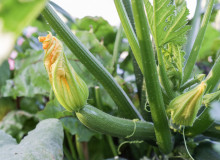
A baby zucchini grows beneath a yellow blossom. (Maja Dumat/Creative Commons)
The George Washington University
The pandemic may have forced you into a new relationship with food. But the food that ends up on your plate has always traveled a complicated, exploitative, and convoluted path to get there.

